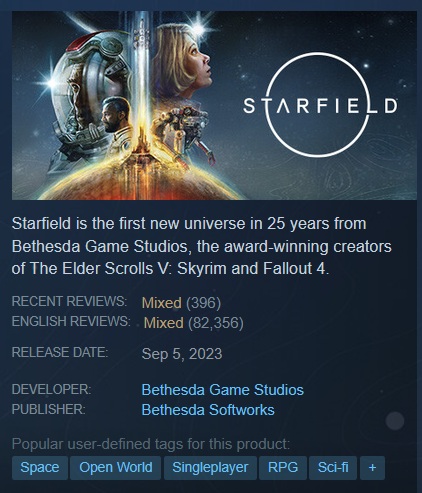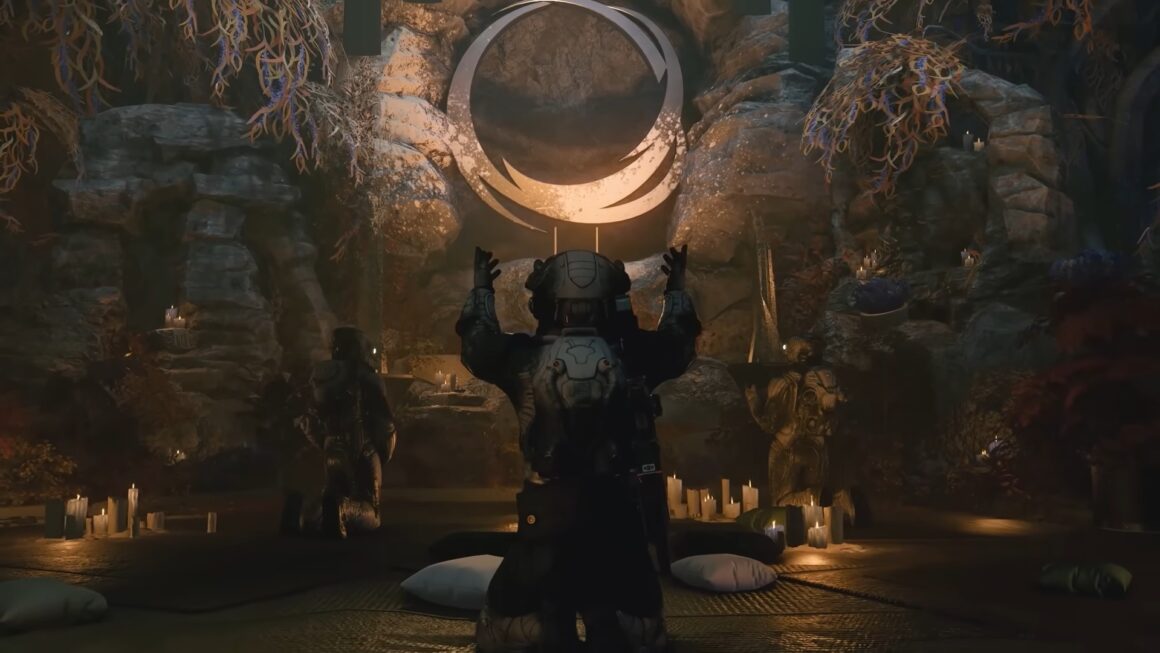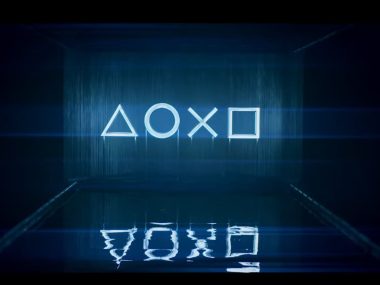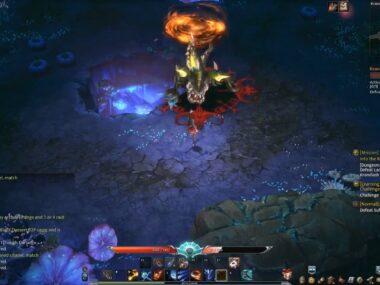A Long Look at an Empty Universe
I respect Bruce Nesmith’s perspective. He helped shape the systems behind Starfield, and that kind of work deserves credit. But when he says space is “inherently boring” and implies that Starfield’s reception would’ve been different if another studio had made it, I can’t agree.
Space is not the problem. The developers made it boring.
When Bethesda started this project, they had every opportunity to decide what kind of experience they wanted to create. They could have leaned into storytelling like Mass Effect or exploration like No Man’s Sky. They could have mixed handcrafted planets with procedural ones to give each world its own identity. Instead, they created thousands of empty planets and expected the Bethesda brand to carry the rest.
That isn’t the fault of space. That’s a design choice.
The Procedural Excuse
Procedural generation doesn’t automatically equal dull gameplay. No Man’s Sky proves that. So does Deep Rock Galactic and Spelunky. Those games use procedural generation to make exploration exciting, not empty. They fill their worlds with reasons to care: discoveries, dangers, mysteries.
Bethesda had the same tools but didn’t use them to their full potential. The planets in Starfield aren’t boring because they’re procedural. They’re boring because there’s nothing meaningful to find.
Even content creators struggled to make guides. When you can’t say, “Here’s where to find this item,” because the world changes for every player, you lose the shared sense of discovery that defined Fallout and Skyrim. There’s no iconic dungeon, no hidden cave with a story behind it. Just randomized rocks and outposts that all start to blur together.
Weak Writing in a Post-Baldur’s Gate World
Nesmith didn’t mention the timing, but he should have. Starfield released right after Baldur’s Gate 3, one of the best-written RPGs in recent memory. The comparison was inevitable, and it made Starfield’s weaknesses stand out even more.
After BG3, players expected emotional depth, dynamic choices, and dialogue that mattered. Instead, they got companions who were often annoying, stories that fell flat, and a main quest that felt like a checklist. Even compared to Bethesda’s own history, Starfield’s writing was weaker than Fallout or The Elder Scrolls.
When players say the game feels unfinished or unpolished, they’re not exaggerating. The writing lacks texture. The worlds lack soul. The NPCs, many of whom sound like they’re reading from a script, break immersion.
The Elephant in the Room
Nesmith suggested that Starfield might have been received better if another studio released it. That argument dodges the real issue: players expected more from Bethesda because Bethesda set that standard.
Gamers didn’t want something different from Elder Scrolls or Fallout. They wanted more of what made those games great. Deep worlds, interesting characters, and stories worth replaying. Bethesda’s own fans were clear about what they valued. It’s not rational to expect them to suddenly want less.
The truth is, another company releasing Starfield wouldn’t have made it more fun. It would’ve just meant lower expectations.
Another truth: Nesmith argument fails because Bethesda advertises Starfield: “Starfield is the first new universe in 25 years from Bethesda Game Studios, the award-winning creators of The Elder Scrolls V: Skyrim and Fallout 4.”

So… who set the expectation?
A Shift in Player Expectations
There’s also a larger shift happening across RPGs. Games like Cyberpunk 2077, The Witcher 3, and Baldur’s Gate 3 raised the bar for storytelling. Even Genshin Impact, a free-to-play game, offers more emotional depth than Starfield did.
That’s not because those studios had some secret formula. It’s because they took storytelling seriously. Bethesda did too…back in the day. That’s what makes Starfield so frustrating. It feels like a studio that forgot what it






